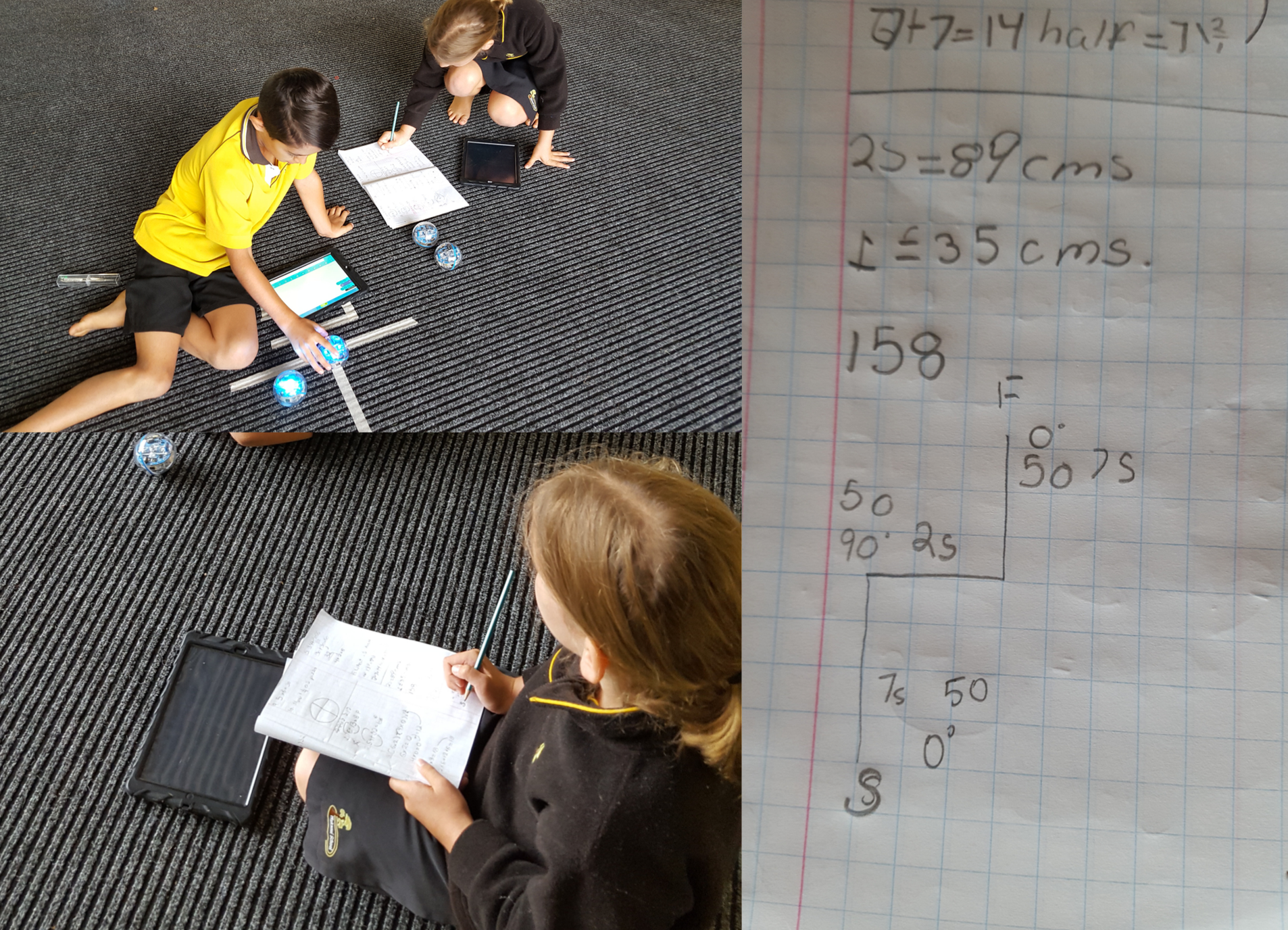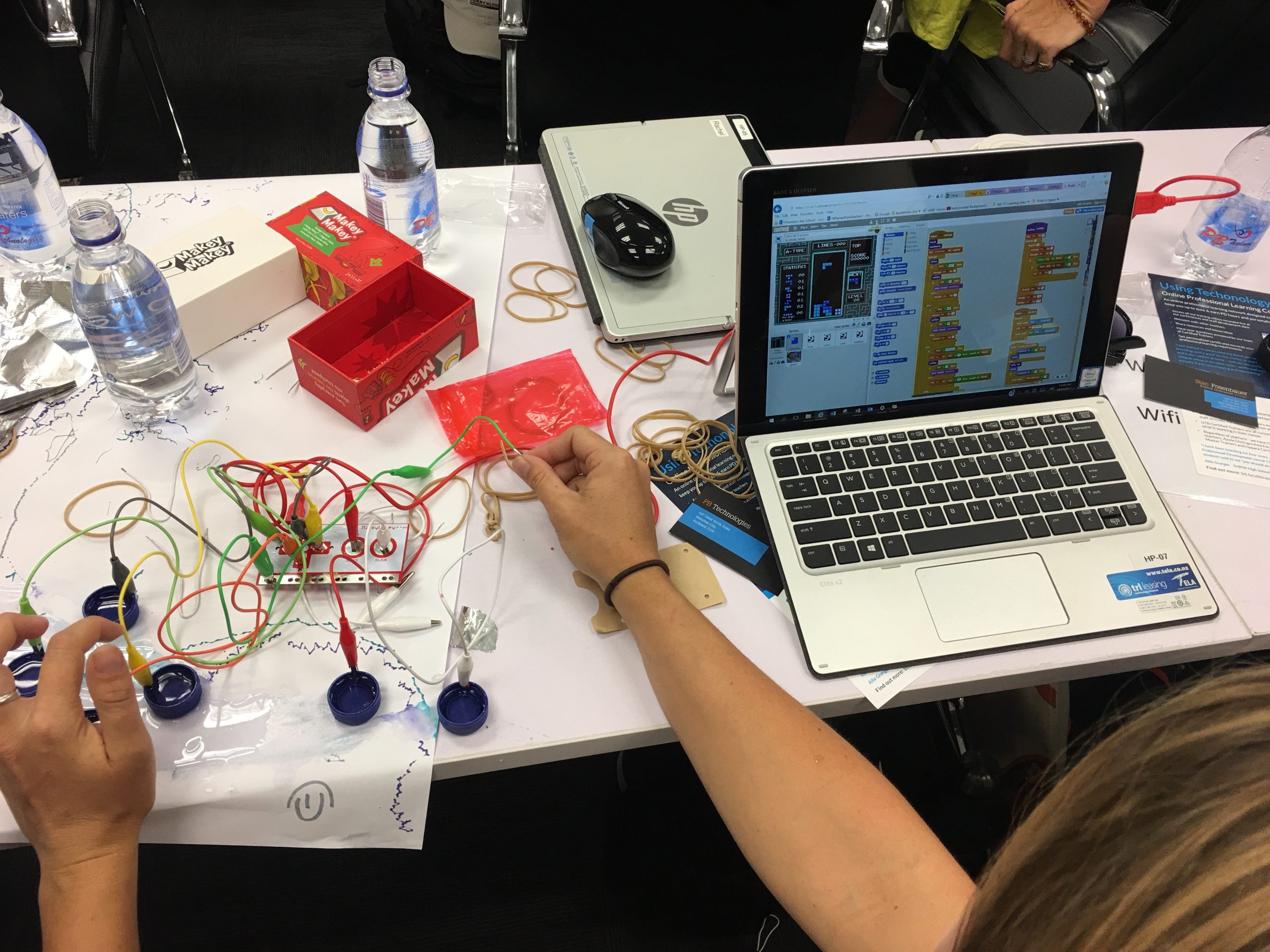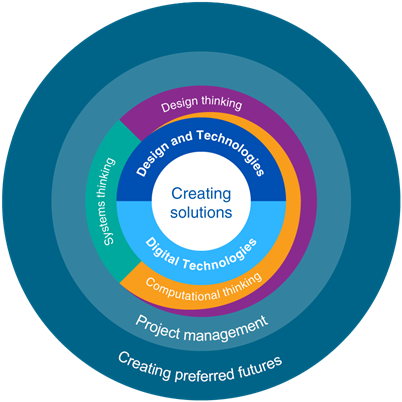
If you’re like most teachers and school leaders today who are considering introducing STEM or STEAM learning in your classrooms, the first thing you’re probably asking is ‘What will we buy?’ It’s hard to escape the buzz around the latest robotics tools, the new ‘invention kit’ or fancy coding platform. To help avoid making those purchases that follow the bling and end in regret, or worse, on the shelf gathering dust, the better questions for schools to be asking are;
– What do we want our children to do?
– How will we develop this in our weekly programme?
[bctt tweet=”Thinking about #STEM for your school? Start by asking ‘What do we want our students to learn?before thinking about the tech.” username=”markherringnz”]
When looking at the ‘what and how’ of STEM there are quite a few options out there to get you started. Schools can develop clearly defined STEM learning objectives and outcomes, with age indications of what their students should engage with and at what year levels. There are a range of eonline examples and resources you can adapt. National and state education Ministries are even beginning to provide resources, like the new digital curriculum we are seeing being rolled out across Australia and, very soon, in New Zealand.
But knowing what we want our students to do is a much easier place for teachers to start than with the bigger question of ‘how?’ When we look at our schools and see a crowded curriculum, stretched resources and time poor timetables, the difficulties seem too large.
There are, however, two approaches that we share with teachers for how STEM learning can be seamlessly and effortlessly embedded in our classroom. They can even be seen as two sides to the STEM coin.
[bctt tweet=”Here are two easy ways to embed STEM learning into our schools – challenge projects and integrated activities. #makeiteasyforteachers” username=”markherringnz”]
1. STEM learning as Inquiry / Project Based Challenges
In this approach, teachers and students will tackle a real world, authentic problem that they or others are facing. Inquiry learning is well researched for its benefits of connecting curriculum concepts and improving student outcomes and for the cognitive gains students make through inter-disciplined learning. For example, a project that involves understandings in maths, science and technology, will be more engaging, meaningful and result in deeper learning.

When engaging students in STEM as inquiry, students could explore the dangers of earthquakes, tsunami and flooding. They might be challenged to use the Design Thinking Process to develop a warning system that is activated by movement or humidity, depending on the age of the students and the concepts you will explore. Students would then work collaboratively to empathise, ideate, design, prototype, test and then continue this cycle until some solutions are found. This method of integrating STEM is very collaborative in nature and can be a powerful way to build student’s dispositions as well as knowledge.
2. Integrated STEM activities into other areas.
This approach is as simple as using a STEM challenge, equipment or idea to help students understand a learning objective in your regular classroom activities. It gives teachers and students the opportunity to harness the collaboration and engagement that a STEM tool allows and using it to learn.

An example of this could be to use a Sphero SPRK+ coding challenge to help students grasp the concept of decimals when setting the time and measurement variables on the length of movement the SPRK would take to reach a goal. Why only use place value blocks to break up numbers in decimals when students can experience and get hands on with the coding element and actually see what happens when they use 1.5 seconds as opposed to 2? With the right scaffolding and questioning you could even have the students discovering this themselves.
This approach is a great way to integrate STEM since it doesn’t take any extra time out of the timetable and in most cases is much more engaging and likely to help the learning ‘stick’ through discovery and cross curricular connections.


















